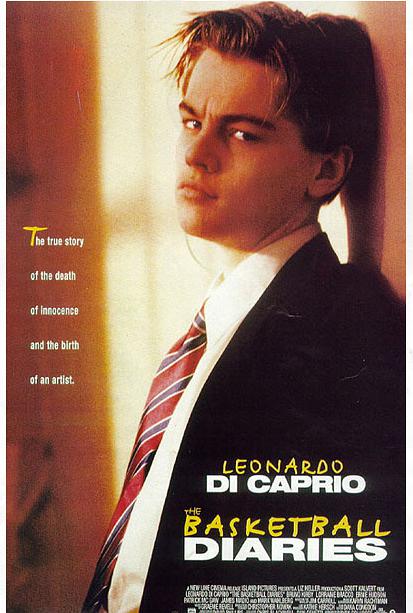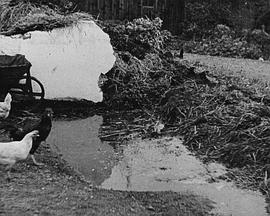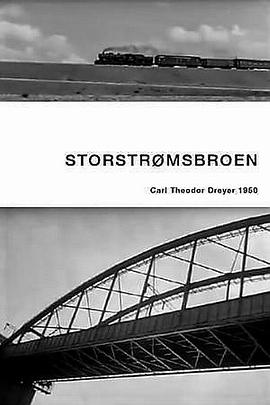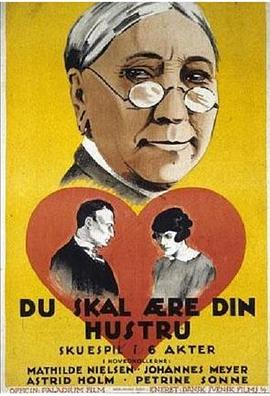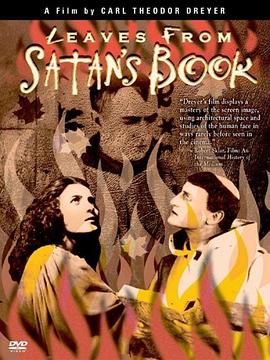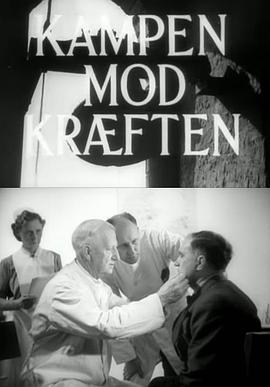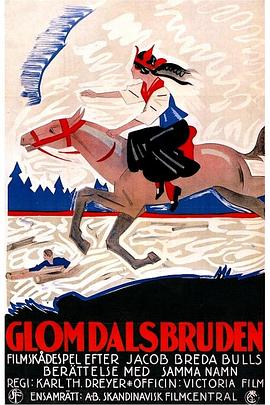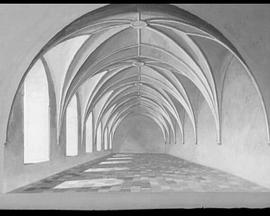-
备注:已完结
类型:剧情片
主演:莱昂纳多·迪卡普里奥 洛南·布雷科 玛丽琳·索科尔 詹姆斯·马迪欧 帕
导演:斯科特·卡尔维特
语言:
年代:未知
简介:吉姆(莱昂纳多·迪卡普里奥LeonardoDiCaprio饰)是一所天主教学校的高中生,同时他也是纽约最棒的高中球队中的一员。他与球队另外三名球员整天厮混在一起,逃课,嗑药,偷窃,斗殴,他们的青春在纽约街头肆意挥霍。吉姆把自己的生活都记录在“篮球日记”里。随后,吉姆最好的朋友鲍比因白血病而死去,此事给吉姆极大的打击。因为纽琼的一个“惊喜”,吉姆开始接触迷幻药,不久他就沉溺于毒品中。与母亲的缺乏交流,学校教父简单粗暴的教育,球队教练的性骚扰,这一切都让吉姆在自暴自弃中越陷越深。每一次毒瘾发作,他们都会用尽手段搞来买毒品的钱,吉姆跌入堕落的深渊……本片根据作家兼音乐家吉姆·卡罗的自传体小说改编。
-
备注:已完结
类型:纪录片
导演:卡尔·西奥多·德莱叶
语言:其它
年代:未知
简介: 卡隆堡宫亦即哈姆雷特城堡,坐落在西兰岛北部赫尔辛各市的海边,与瑞典的赫尔辛堡市隔海相望,地处波罗的海出港口之一的欧尔松海峡最窄的出口处,在哥本哈根市东北约45公里。卡隆堡宫意为“皇冠之宫”,始建于1574年,1585年竣工。资金来自菲特烈二世国王(1559-1588)对经过欧尔松海峡船只所征得的通行税。此堡由荷兰建筑师设计建造。宫殿用岩石砌成,褐色的铜屋顶气势雄伟、巍峨壮观,是北欧最精美的文艺复兴时期建筑风格的宫殿。在宫外院的墙上有一块莎士比亚的纪念浮雕像,相传当年莎士比亚就是以卡隆堡宫为背景写下了那不朽的悲剧《哈姆雷特》的。故卡隆堡宫又称为哈姆雷特城堡。 卡隆堡宫历史上曾两度被毁:第一次是在1623年,整个宫殿及宫内陈设全被焚为灰烬,唯一幸存的是宫内的教堂。直到1637年才被修复,宫内的结构有所改变,使之具有巴罗克建筑风格,宫外的屋顶由原来的圆形螺旋塔改为现在有尖塔顶。第二次“北欧战争”期间,瑞典人于1658-1660年占领卡隆堡宫,将宫内物品洗劫一空。 现在宫内的陈设全是根据当时情况复制的。到菲特烈四世国王(1699-1730)时,加强了克隆堡宫周围的防御工事,宫殿也不断得到修复。从1785年到1922年,卡隆堡宫曾被用作兵营。宫堡外围的火炮已有二、三百年的历史。 本片是由德莱叶拍摄于1955年的8分钟纪录短片。主要介绍了卡隆堡内的另一个城堡“克罗根”堡(Krogen)的一些逸闻趣事,大师拍风景,不可错过。
-
备注:已完结
类型:剧情片
主演:Ib Koch-Olsen
导演:卡尔·西奥多·德莱叶
语言:其它
年代:未知
简介:The history of Danish country church architecture is told by showing scenes of how the church was used by the congregation, beginning with the celebration of mass in a small and simple wooden church 800 years ago, and ending with the congregation singing in a village church of to-day. The development and the growth of the pattern of church architecture is shown. Dreyer in this film shows a series of churches from different periods with churchgoers in period clothing. Each period is separated by a shot of a church bell double-exposed on the sky. Although the film has a vibrant and instructive way of communicating the different epochs and styles to students, it does not exhibit the artistic quality that usually distinguishes a Dreyer film, except perhaps in some of the costumes, which were originally made for Day of Wrath. The board of Dansk Kulturfilm in autumn 1945 decided that their planned church film would exclusively be about village churches. Dreyer would rework the script that was written by editor and folk high-school principal Bernhard Jensen, aided by a committee of experts consisting of architect H. Lønborg-Jensen and Victor Hermansen, curator at the National Museum of Denmark. Dreyer had a first draft ready in mid-March, entitled Kirken er et gammelt Hus (The Church Is an Old House), which was distributed to the members of the committee for their comments. In the last half of July, Dreyer and Victor Hermansen travelled the country to look at suitable churches. They researched the details and at Dreyer’s request a number of technical changes were made to the churches, including the removal of porcelain holders for electrical wiring in Tveje Merløse Church. On 4 July, Dreyer went in advance to Ringkøbing. Shooting was set to start a few days later with the arrival of the director of photography, Preben Frank, who had fallen off a ladder and broken his leg, Fortunately, he was ready to cautiously start working again within a few days, with his leg in a cast. Otherwise, the production went without a glitch. Everywhere, Dreyer said, they were well received at the vicarages and they had no problem getting enough extras. On 1 august, they returned to Copenhagen with almost all their footage in the can. They only needed to film the church in Skelby, where the weather had been against them, plus a Swedish wooden church in Hedared. The economy was distressed so soon after the war, especially when it came to foreign currency, but there were no real wooden churches left in Denmark and building an interior set in the studio would be too expensive. The finished film was shown for the first time on 24 September 1947 to a small, closed circle, which included the Minister for Ecclesiastical Affairs. In December 1947, as was Dansk Kulturfilm’s standard practice, the film was presented to the press, politicians and others on a programme with four other short films.
